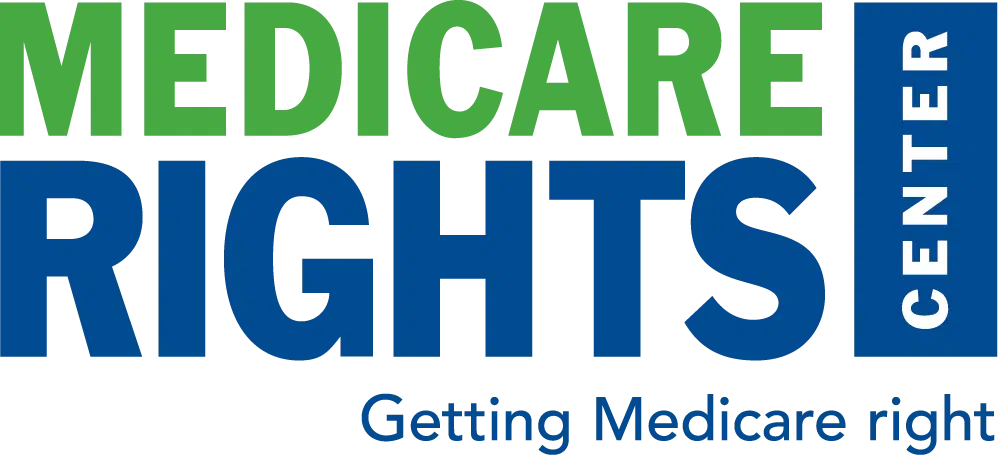Troubling Signs from Administration’s Weak Medicare Advantage Oversight

Several troubling indicators point to the Trump administration’s unwillingness to rein in Medicare Advantage (MA) payments and to establish appropriate limits on and oversight of plans.
Administrative Acts
First came the nomination and confirmation of Dr. Mehmet Oz to lead the Centers for Medicare & Medicaid Services (CMS), the agency that oversees Medicare Advantage. Dr. Oz famously championed MA expansion and even Medicare Advantage for All at various points in his career.
Dr. Oz famously championed MA expansion and even Medicare Advantage for All at various points in his career.
A day later, the second Trump administration finalized its first major health rule, the annual MA and Part D rule for 2026. Unfortunately, the administration chose not to finalize the majority of the provisions we were most enthusiastic about in the proposed rule, including commonsense initiatives to increase transparency, limit prior authorization, and rein in marketing.
On the heels of that disappointing decision came the final 2026 rate notice, the annual document that announces changes to MA and Part D payment policy. The proposals for 2026, which were promulgated before President Biden left office, would have given MA plans a pay boost while completing a multi-year plan to tweak risk adjustment—the way plans can benefit by making their enrollees look sicker than they really are—to make the process more accurate.
Unfortunately, while the Trump administration did finalize the important risk adjustment changes this week, it also hiked the MA payment rate over and above Biden’s numbers, thrilling major insurers. This increase is projected to add up to a $25 billion increase in payments to MA plans next year.
Medicare Advantage Overpayment Continues Unabated
All of these decisions come as new research confirms yet again how overpaid and underpoliced MA plans are. In March, the Medicare Payment Advisory Commission (MedPAC)—an independent congressional agency that advises Congress on Medicare—noted in its annual congressional report that, in 2025, “Medicare will spend about 20 percent more for MA enrollees than it would spend if those beneficiaries were enrolled in FFS Medicare, a difference that translates into a projected $84 billion.” These payments flow directly from taxpayers, and people with Medicare are hit twice: “Higher MA spending increases Part B premiums for all beneficiaries, including those in FFS [Original] Medicare; the Commission estimates that Part B premium payments will be about $13 billion higher in 2025 because of higher Medicare payments to MA plans (equivalent to roughly $198 per beneficiary per year).”
Coding Differences and Coding Fraud
One of the techniques plans use to increase payments is aggressive coding. Coding is how providers report to CMS that they gave care to a person with Medicare and note any diagnoses their patients have. Providers seeing Original Medicare patients generally have little or no incentive to be aggressive with their coding, because payment is based on the specific service provided, not the patient’s diagnoses and risk profile. By contrast, MA uses a risk-adjustment payment model, in which plans get paid more for enrollees with higher risk profiles. This incentivizes contracted providers to more aggressively report diagnoses.
One recent analysis projected plans received $33 billion in 2021 due to this aggressive coding. In some cases, “aggressive” strays into “fraudulent,” as plans can find it worthwhile to report diagnoses that are not real—a practice known as “upcoding”—which may be costing Medicare billions of dollars each year on top of lawful but problematic aggressive coding.
At Medicare Rights, we consider these cumulative decisions by the new Trump administration as red flags for Medicare’s sustainability…
At Medicare Rights, we consider these cumulative decisions by the new Trump administration as red flags for Medicare’s sustainability, and a marked departure from purported efforts to reduce fraud, waste, and abuse. MA overpayments harm beneficiaries and other taxpayers, increase program costs, and incentivize predatory marketing. We will continue our work to hold plans and policymakers accountable for ensuring current and future beneficiaries have access to affordable, fair, and high-quality health care and coverage.
Further Reading
Learn more about MA overpayments.
Read the final MA and Part D rule for 2026 and our comments and article on the proposed rule.
Read the press release and Congressional report from MedPAC.
The Latest
Most Read
 Congress Moves to Cut Medicaid
Congress Moves to Cut Medicaid  Threats to the Social Security Administration and to Benefits Continue to Raise Alarm
Threats to the Social Security Administration and to Benefits Continue to Raise Alarm House Adopts Senate Budget Plan, Laying the Groundwork for Significant Health Care Cuts
Trump Administration and DOGE Eliminate Staff Who Help Older Adults and People With Disabilities
Add Medicare to Your Inbox
Sign up to receive Medicare news, policy developments, and other useful updates from the Medicare Rights.
View this profile on InstagramMedicare Rights Center (@medicarerights) • Instagram photos and videos






